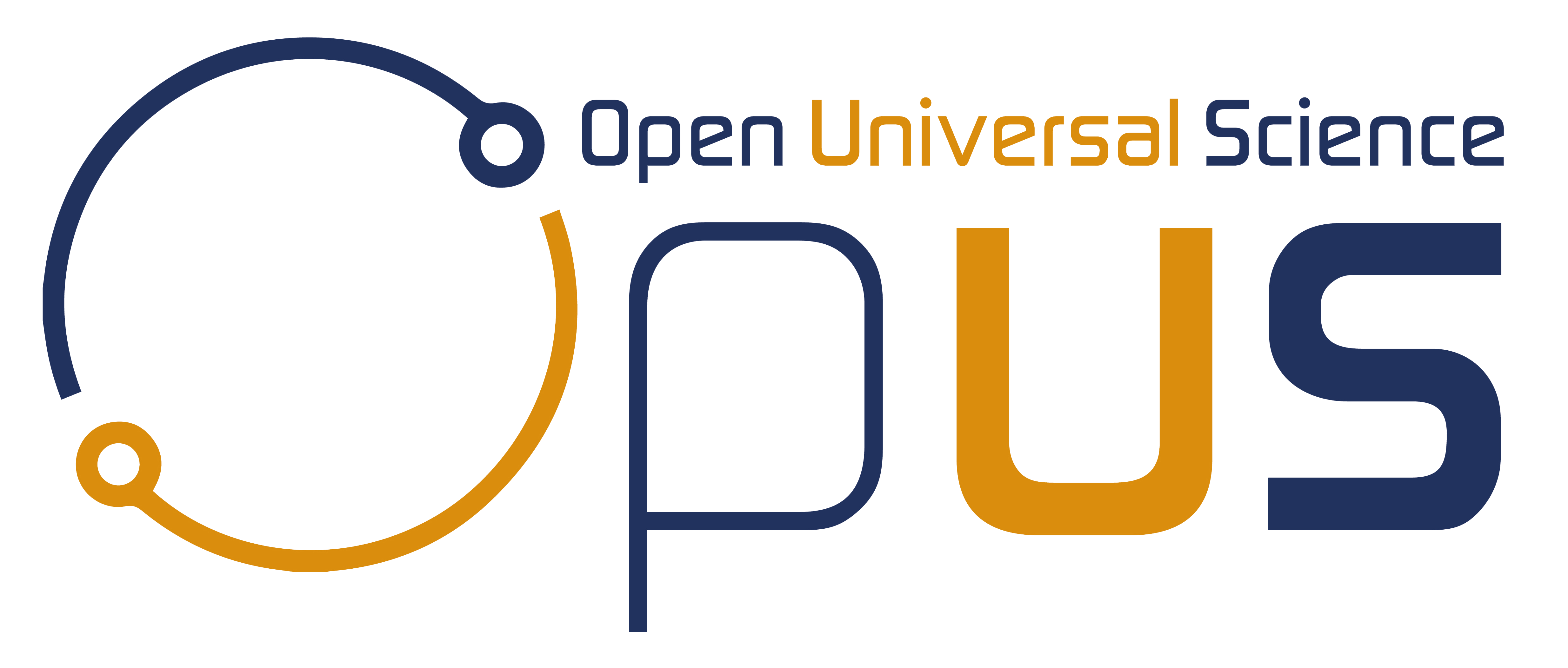
Understanding the Different Types of Open Access
Understanding the Different Types of Open Access https://opusproject.eu/wp-content/uploads/2024/02/csm_870x349_oa_gold_gruen_header_en_up_3f1b724a14.jpg 870 349 Open and Universal Science (OPUS) Project Open and Universal Science (OPUS) Project https://opusproject.eu/wp-content/uploads/2024/02/csm_870x349_oa_gold_gruen_header_en_up_3f1b724a14.jpgIn today’s digital age, accessing information has become easier than ever before. One concept that has gained significant traction in the academic and research community is open access. Open access refers to the practice of making scholarly articles, research findings, and other forms of knowledge freely available to the public without financial, legal, or technical barriers.
However, not all open access is the same. There are different types or models of open access, each with its own characteristics and implications. Let’s explore some of the common types of open access in simple terms:
- Gold Open Access: Think of gold open access as a treasure chest full of valuable knowledge freely accessible to everyone. In this model, the author or their institution typically pays a fee, known as an article processing charge (APC), to the publisher. In return, the published work is immediately and freely available to anyone with internet access. Journals that operate on this model are often referred to as “fully open access” or “pure open access” journals.
- Green Open Access: Imagine a lush green garden where seeds of knowledge are planted and allowed to grow freely. Green open access involves authors depositing their research outputs, such as preprints or postprints, into institutional or disciplinary repositories. These repositories make the work freely accessible after a certain embargo period, during which the publisher may have exclusive rights to distribute the work. It’s like sharing your work in a public library after a short waiting period.
- Hybrid Open Access: This type of open access is like a mixed bag, offering both traditional subscription-based publishing and open access options. In hybrid journals, some articles are freely accessible to everyone, while others are available only to subscribers or through pay-per-view options. Authors usually have the choice to pay an APC to make their individual articles openly accessible within an otherwise subscription-based journal.
- Gratis Open Access: Gratis is a Latin term meaning “free,” and in the context of open access, it refers to free access to content without payment. Gratis open access allows users to read, download, and distribute scholarly articles at no cost. However, this model may not grant users certain rights, such as the ability to reuse or modify the content for commercial purposes, which leads us to our next type.
- Libre Open Access: Libre, also from Latin, means “liberty” or “freedom.” Libre open access not only provides free access to content but also grants users additional rights, such as the ability to reuse, remix, and redistribute the content without restrictions. This model aligns closely with the principles of open knowledge and encourages innovation and collaboration.
Understanding the different types of open access can help researchers, academics, and the general public navigate the vast landscape of scholarly communication. Whether it’s gold, green, hybrid, gratis, or libre open access, the overarching goal remains the same: to democratize access to knowledge and foster the advancement of research and learning for the benefit of society as a whole.
Photo via University Library of Potsdam
- Posted In:
- Open Science News




